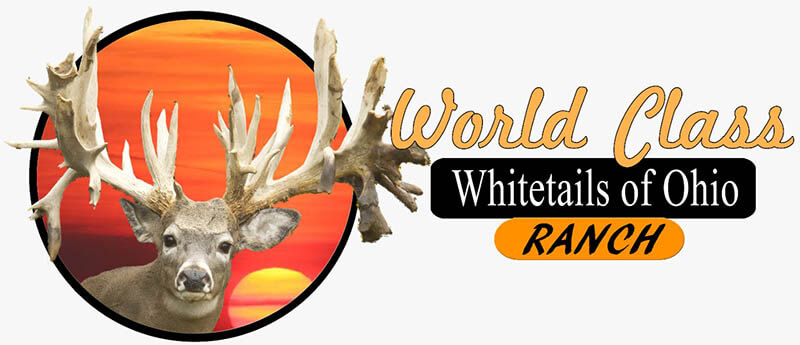A whitetail buck’s maturity can be judged by his appearance, girth, and antler growth. A mature buck will be active and have around 80 percent of his full antler potential, and his body will appear sleek and muscular. A mature buck will also have an extended neck and short legs, and should be sporting a moderate set of antlers.
A mature buck’s body is muscular and his antlers have grown to be six to eight points. His shoulders and neck are muscular, and his head and neck are proportioned. His antlers are smaller than his ears and he will still have a distinctly defined line between the shoulder and neck. His tarsal glands will have developed some mass but will be a little staining. A mature buck’s rack will be the largest between five and seven years of age.
Identifying a mature buck can be difficult, but it is possible. A field-aging guide can help you identify a mature buck by looking at his body size. A mature buck will be balanced and may even tip forward on a scale. This means that he has reached his full skeletal growth and has more nutrients for antler growth.
Most management systems consider a mature buck to be four or five years old. It has a mature body with a long neck and short legs that are proportionate to its body size. The buck’s neck is swollen during the rut. The belly is almost flat but not completely flat.
In addition to their big antlers, mature bucks also have a large neck, sagging belly, and humped front shoulders. They are usually able to express almost 90 percent of their antler potential at this age, which is why many of the trophies we see are mature bucks.
In general, a three-and-a-half-year-old buck looks like a racehorse. It is very muscular, and has a long nose. Moreover, its tarsals are black and chocolate brown, and they extend down the inside of the legs. At this age, some bucks develop narrow squinty eyes.
The body of a mature buck is almost rectangular, with a thick neck that meets low on the chest. It may also have extra sagging in the neck region. Its head and neck are also thick and blend into its chest. In addition, its antlers are spread outside the ears, have a decent mass, and have 70 to 80 percent of their full antler potential.
A one-and-a-half-year-old deer should have six molars on each side. It should also have a third premolar. The third premolar is a baby tooth, and it should have three cusps. This is a good sign that the deer is at least a year and a half old.

